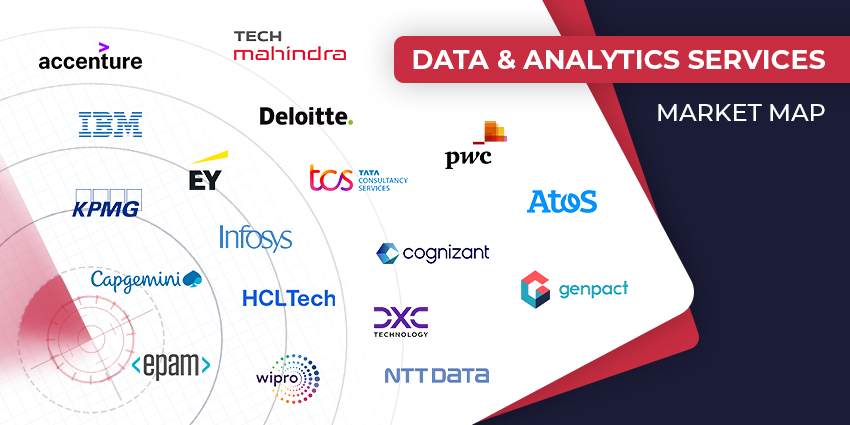Sentiment analysis can reveal hidden and often surprising insights into the true nature of the conversation. For example, passing the recent US Presidential address through a sentiment analysis engine, it emerged that this was historically the “angriest” ever and in sharp contrast to Joe Biden’s predecessors.
In a contact centre setting, sentiment analysis applied in real-time and on pre-recorded calls can highlight useful signals and long-term trends in the customer experience.
What is Sentiment Analysis in a Contact Centre?
Sentiment analysis can be defined as a type of artificial intelligence-powered data analysis process that converts a spoken conversation into a textual format to evaluate it against various parameters of emotional response pre-programmed into the system.
Simply put, sentiment analysis tells you the emotional connotations underlying a customer conversation. When assessing a single, one-off interaction, this might not seem so useful – after all, a supervisor can manually listen in and adjudge if the customer is angry, happy, confused, curious, or excited. But when handling volume interactions, sentiment analysis technology lets you achieve in a few minutes or hours the results it would take a human supervisor several days to reach.
How Does Sentiment Analysis Work?
Sentiment analysis is powered by the following component technologies:
- Voice to text conversion that transforms a telephonic interaction into a text string; chat and email conversations remain as is
- A centralised storage system to create a repository of conversations for analysis, consolidating different telephonic lines and interaction channels
- Natural language processing to convert text into a machine-understandable format; this includes understanding context, words that imply a similar emotion, etc
- The core analysis engine that applies a statistical model and sophisticated algorithms to gauge the probability of specific words and phrases indicating a certain emotion, based on their frequency, contextual positioning, and other variables
- A data visualisation dashboard that displays the insights unearthed in a human-understandable format
- An automated alert mechanism that sends notifications or emails whenever a specific sentiment threshold is approached or breached
The above six technologies work together to carry out end-to-end sentiment analysis for a conversation.
How Does Sentiment Analysis Influence Customer Experiences?
The hardest part of an agent’s job is always the human factor. No matter how common or straightforward an issue, every customer will bring their unique approach and context to the conversation. Sometimes, these go unspoken and influence the customer’s expectations without the agent realising it.
Sentiment analysis helps to assess the emotional undertones of a conversation to equip agents with a fuller picture.
- It detects mounting anger or irritability before it can reach a tipping point
- It monitors for specific keywords (e.g., a product feature name) to automatically call up information that an agent might find useful during the conversation
- It alerts the agent to an underlying grievance or frustration so that they can prepare for the interaction accordingly
- It helps the contact centre to create accurate customer personas, complete with emotional profiling, to train agents
As a result, you can deliver a far better customer experience by factoring in the non-tangible nuances of human communication modalities.







